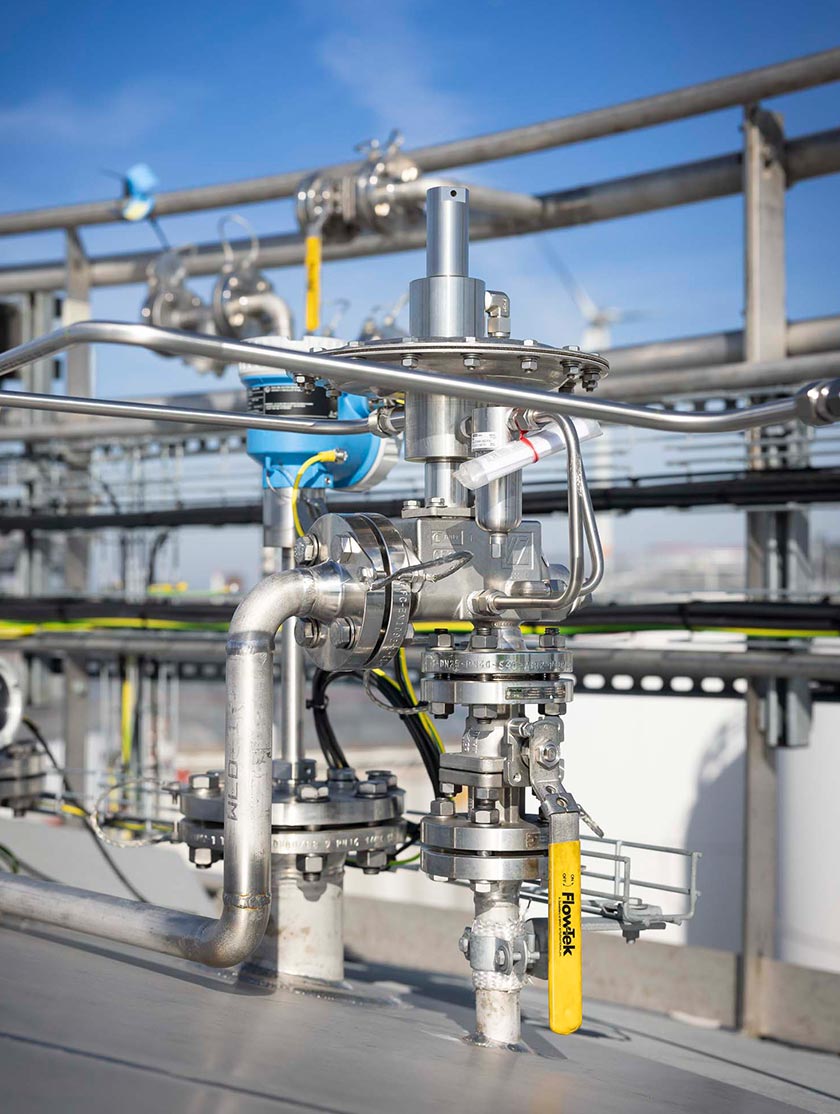Innovations in Pressure Reducing Regulators for Industrial Use
Innovations in Pressure Reducing Regulators Improve Their Adaptability to Various Industrial Applications
Pressure reducing regulators (also referred to as pressure regulators) are essential components in many industrial systems, ensuring constant downstream pressure regardless of fluctuations in upstream pressure or power demand. Over the years, innovations in pressure reducing regulator design, materials, and control mechanisms have significantly improved their adaptability to various industrial applications, from oil and gas to pharmaceuticals and food processing. This article examines the key technological advancements that have transformed pressure reducing regulators into highly versatile and efficient devices.
1. Advanced Materials and Corrosion Resistance
A key innovation is the use of advanced materials that improve durability and compatibility with various media. Traditional pressure reducing regulators typically used standard brass or stainless steel; however, new alloys and composite materials, such as Hastelloy, Monel, and PTFE coatings, have expanded the operating range of pressure reducing regulators. These materials offer superior resistance to corrosion, high temperatures, and chemically aggressive media, making them suitable for harsh environments such as chemical manufacturing, offshore oil platforms, and cryogenic processes.
2. Improved Valve and Diaphragm Designs
Modern pressure reducing regulators feature precision-engineered valve seats and diaphragms that improve response times and accuracy. Innovations such as balanced valve designs reduce the effects of inlet pressure fluctuations and flow-induced forces, stabilizing outlet pressure more effectively. Additionally, diaphragms are now manufactured with advanced elastomers that withstand extreme temperatures and harsh chemicals, increasing the suitability of pressure reducing regulators in industries such as food and beverage, biotechnology, and HVAC.
3. Integrated Intelligent Control Systems
Digitalization has led to the integration of intelligent control technologies into pressure reducing regulators. Integrated sensors and microprocessors enable real-time monitoring of inlet and outlet pressures, flow rates, and device status. These intelligent pressure reducing regulators can be connected to plant-wide control systems using industrial communication protocols such as HART, Modbus, or FOUNDATION Fieldbus. This connectivity enables:
- Predictive maintenance
- Remote diagnostics
- Adaptive control algorithms that automatically adjust setpoints to optimize performance under varying process conditions
Improving adaptability, especially in automated production lines and critical process controls.
4. Modular and Compact Designs
Innovations in mechanical design have resulted in more compact and modular pressure reducing regulators that can be easily customized or configured to meet specific process requirements. Modular designs allow users to interchange valve bodies, actuator types, and controls to customize the regulator's performance characteristics without purchasing entirely new units. Compact form factors facilitate integration into tight spaces or complex piping networks common in pharmaceutical or semiconductor manufacturing plants.
Modular Design Benefits
| Feature | Benefit |
|---|---|
| Interchangeable valve bodies | Customization without full replacement |
| Multiple actuator types | Adaptation to different control schemes |
| Compact footprint | Easy integration in limited spaces |
5. Multi-Stage and Dual Pressure Regulation
To handle applications that require highly stable or multi-stage pressure regulation, manufacturers have developed multi-stage pressure reducing regulators. These devices use two or more control stages in series to minimize pressure fluctuations and improve downstream pressure stability. These configurations are essential in applications where precise pressure control is crucial, such as gas chromatography, fuel cell systems, and calibration laboratories.
Additionally, dual pressure reducing regulators provide simultaneous control of multiple pressure outputs from a single inlet, enabling greater flexibility in industrial processes with multiple products or streams.
6. Energy Efficiency and Low Exhaust Emissions
Innovations have also focused on environmental and energy considerations. Modern pressure reducing regulators are designed to be more energy efficient by reducing unnecessary venting and minimizing energy-wasting pressure drops. Low- and zero-bleed regulator designs reduce gas emissions, which is especially important for industries with strict environmental regulations, such as petrochemicals and natural gas distribution.
Conclusion
The continued evolution of pressure reducing regulators through advancements in materials, mechanical design, digital integration, and energy efficiency has significantly improved their adaptability to a wide range of industrial applications. By incorporating corrosion-resistant materials, smart sensors, modular architecture, multi-stage control, and environmentally friendly features, modern pressure reducing regulators can meet the stringent demands of a variety of industries—from high-performance chemical processes to precision-sensitive pharmaceutical manufacturing—and provide reliable, efficient, and flexible pressure control solutions.
For companies looking to optimize their industrial processes, keeping up with these innovations in pressure reducing regulators is essential to selecting the right technology that offers both performance and adaptability.
Tailored Pressure Reducing Regulators for Your Industry |
Cashco’s regulators are engineered for demanding sectors like oil & gas, residential, manufacturing, and more. Explore our industry-ready models or complete the Regulator Sizing Form for help selecting a regulator that meets your specific operational standards.
Wonder how pressure reducing regulators perform in real-world applications?
Check out our animation to see how they power industrial systems safely and efficiently.





